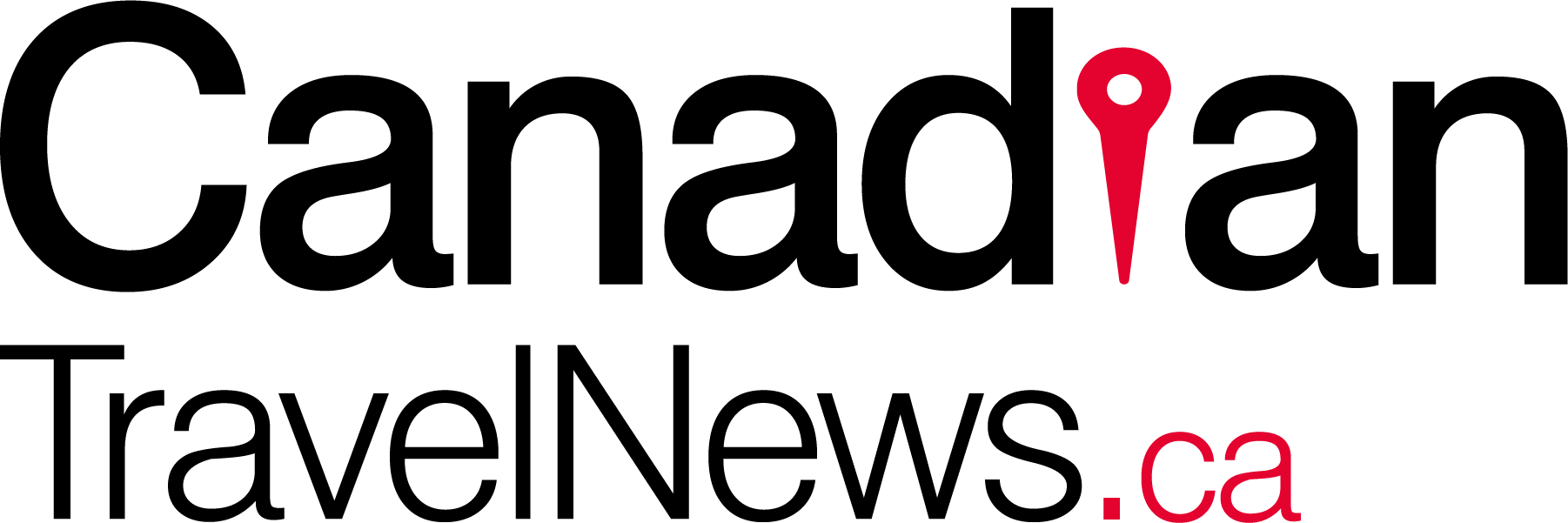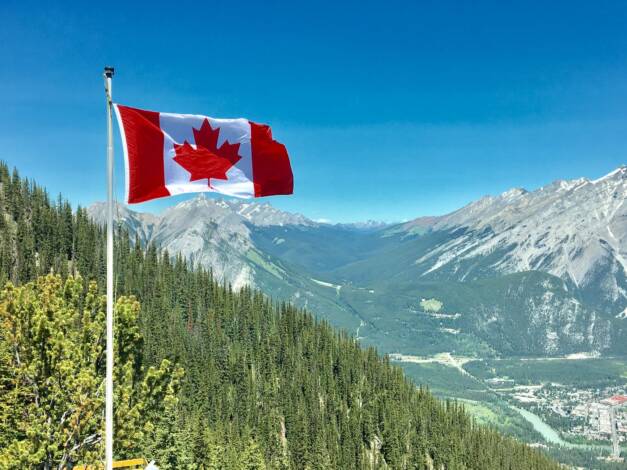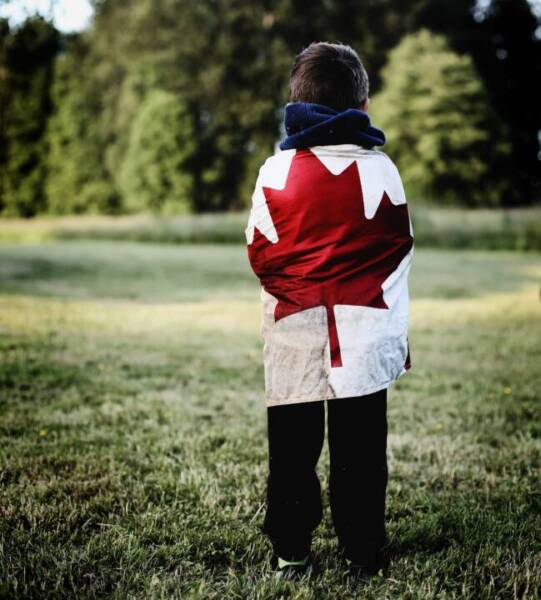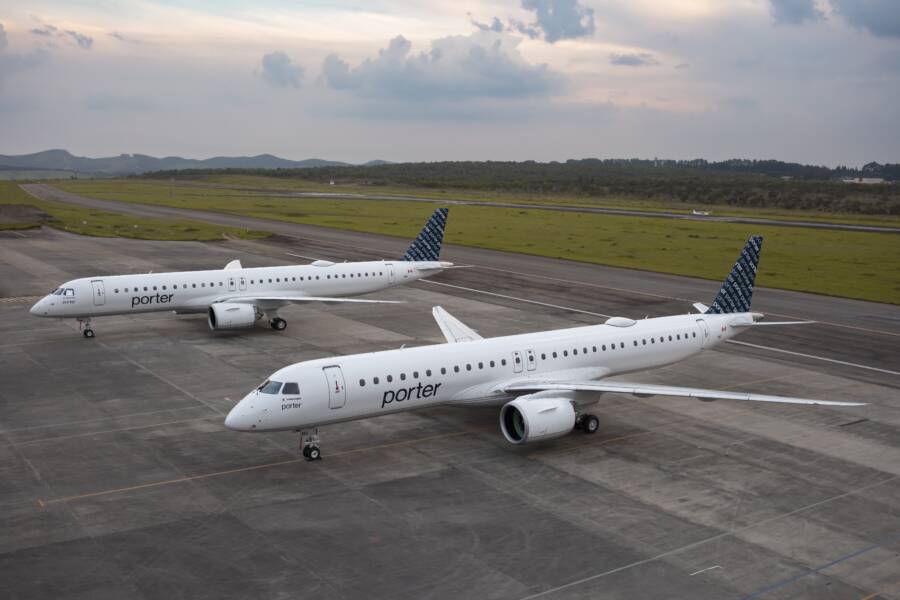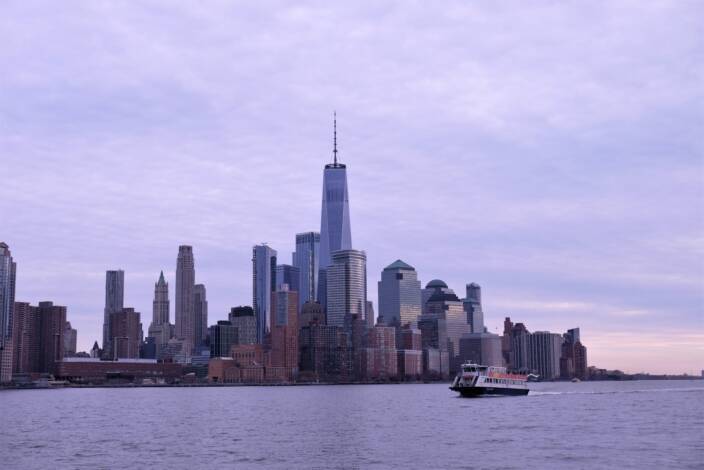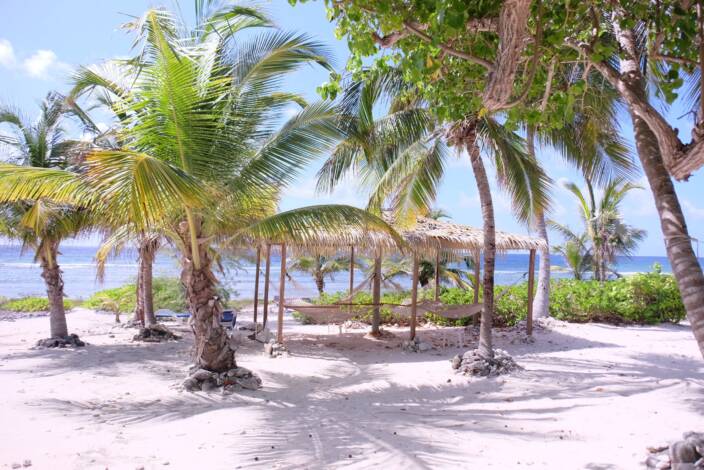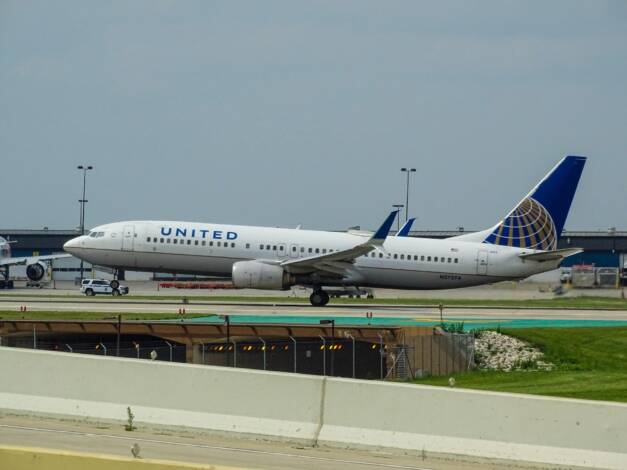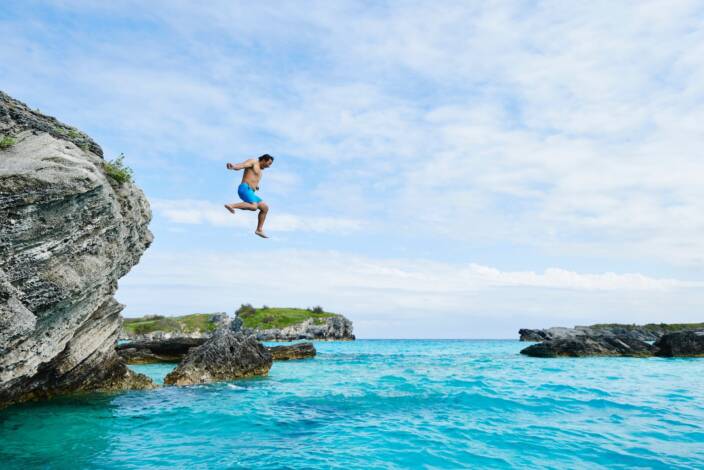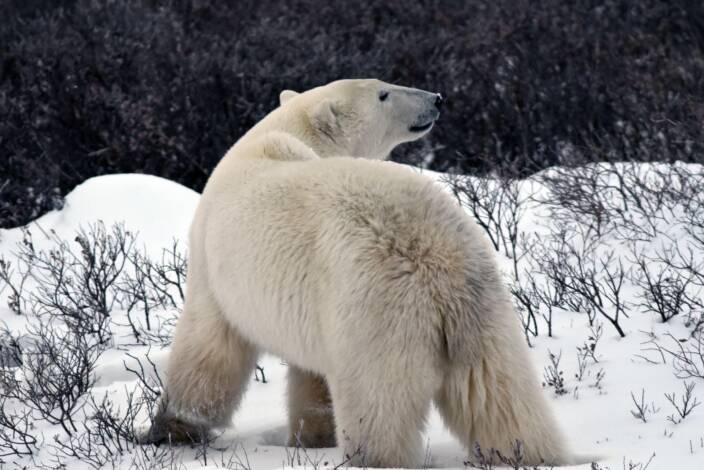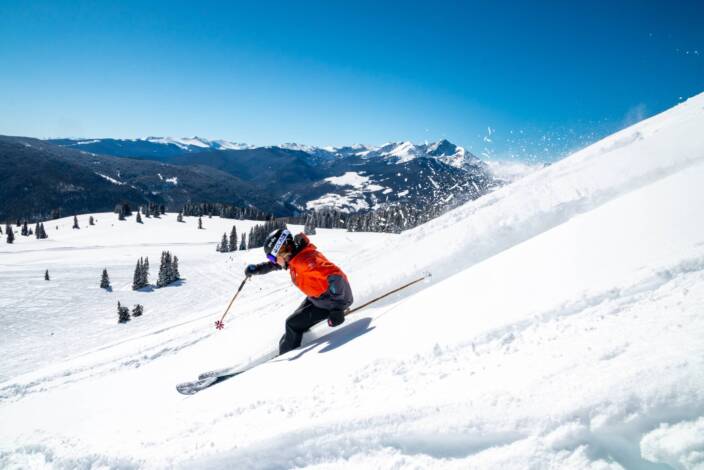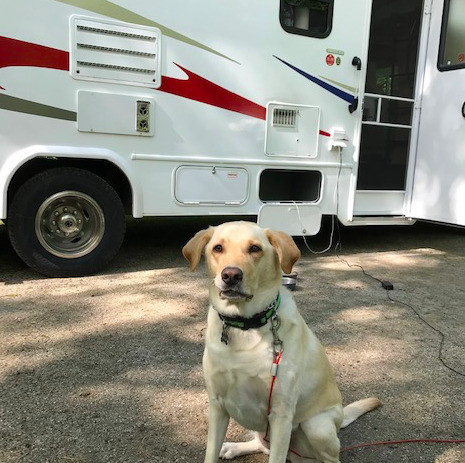
Tips and Tricks for Taking an RV Trip
July 8, 2022 Marsha Mowers
Full disclosure, I’m not a fan of the outdoors. I don’t like bugs, I don’t like tents, I need a shower with a good waterflow – I could go on, but you get my point. So, after braving the wilderness a couple of times in a tent and deciding I’ve contributed enough to those type of family memories, I was a bit hesitant when my husband suggested we do an RV trip. In fairness, my family had a fifth-wheel trailer growing up and I loved going in that – but I was also 8.
Figuring that at its worst, we at least had a bed, bathroom, and stove, I said OK. That was 2019 and since then we’ve done 3 trips, with another this coming October.
We’re not the only ones – during the pandemic, domestic bookings increased so much that CanaDream has added to their fleet to meet up with the demand. Pre-pandemic, a large portion – about 80% of bookings – were by international travellers, the bulk of those from Germany to be specific. Ontario led bookings across the province during the pandemic, followed by Vancouver and continues to do so. It makes sense as it’s a great way for families to experience our country in a relatively easy way.
Each RV rental company has a fleet of vehicles that typically range from super compact models for 2 to larger ones that can sleep up to 8 people. We’ve only ever booked with CanaDream and have been very happy with them. Units are clean, modern and have AC/heating, gas stoves/ovens and microwaves. They’re also pet friendly – we’ve brought our 80lb lab with us on a few trips for an extra cost to cover cleaning.
With that in mind, here are my tips for taking an RV trip.
What and How to Pack
With CanaDream, you have the option of having the unit stocked with dishes, utensils and linens for an extra fee. We’ve done things both ways, it’s really up to you whether or not you want to spend the extra money. Keep in mind if you do bring your own pots, the stoves are smaller than the ones at home, so don’t bring your biggest pasta pot or frying pan.
RV’s have a fridge and freezer that run either when the engine is running (you’re driving) or you’re plugged in at the site. It does the trick, but it is small so it’s a good idea when storing food to for example, to take frozen hamburgers out of their boxes, or buy milk in small jugs with a cap so you can lay them sideways or in a cooler if needed. We always bring a cooler which we stock with ice daily for our drinks to save room in the fridge.
In terms of loading things onto the RV, we’ve found it easier to pick it up and bring back to the house to load and unload before returning. Trying to fit everything you need into your car is difficult. Just be prepared to give tours of it to your neighbours – everyone loves and is curious about an RV!
RV Logistics
When you rent for the first time, you have to attend a safety demonstration session at pick-up to learn the logistics. The main things to know are pretty simple: when you hook up at the site, there’s a big plug to plug in at a station for electricity, a hose for water intake and sometimes a hookup spot for the grey water and black water tubes. The grey water is for your used shower and sink water tank, and the black is for your toilet tank. Some campsites allow you to hook up the tubes directly to the ground, eliminating the need to empty tanks. Others you must empty the tanks at the dumping stations at the campground. It sounds grosser than it is. Full directions for what you need to do on setup/teardown are included in the manual, so don’t stress too much about things.
Driving
This can be a tricky part. And at the risk of setting women back, there is personally no way I’d ever feel comfortable driving an RV. They’re just too big. But my husband has no problem, as do many other people I know who all say the first little bit takes some getting used to, and then after that it’s smooth sailing. If possible, when you rent a site, ask if there is a “pull through site” – this means it’s open at the front and back so you don’t have to back up to park it. You will need a spotter (this is my job) whenever you’re backing up or parking.
With gas prices the way they are right now, CanaDream says they’re seeing more travellers driving to one place and staying for days, versus doing a road trip. It’s something to keep in mind, especially for your first trip.
Where to Stay
This is the fun part. On our first trip we drove Toronto through Vermont to Boston, Cape Cod and back and stayed mostly at KOAs. We’ve stayed at Ontario Provincial Parks like Algonquin and KOAs like Woodstock, NY. KOAs vary, some feel more like our Provincial Parks, some more like a campground. KOA Sandbanks for example is very much a campground, with wide open sites and row by row of trailers and activities like pools and mini golf for kids. KOA Gravenhurst however feels much more like camping at Algonquin Park with more secluded sites surrounded by trees. CanaDream offers special rates at various places and is worth checking out.
Have Fun!
The thing to remember about RV’s, especially if you have kids, is that even if it’s rainy, you have a place to hang out and watch movies or play board games. My son loved everything about the RV, so even if we were stuck inside because of weather or the bugs were biting too much, he had a blast. Memory mission accomplished.
About the Author

Marsha Mowers made the move to editorial side of travel after many years working in destination marketing where she represented places such as NYC and Las Vegas. Her experience on “both sides” of the industry has put her in a unique position to provide valuable context to both readers and trade partners. Marsha also serves as Director of Content for TravelPulse Canada
